
-
Find the right food for your pet
Take this quiz to see which food may be the best for your furry friend.
Find the right food for your pet
Take this quiz to see which food may be the best for your furry friend.
Featured products
 Adult Healthy Cuisine Roasted Chicken, Carrots & Spinach Stew Dog Food
Adult Healthy Cuisine Roasted Chicken, Carrots & Spinach Stew Dog FoodDelicious roasted chicken paired with tender vegetables in a succulent stew
Shop Now Adult 7+ Perfect Digestion Chicken, Whole Oats & Brown Rice Recipe Dog Food
Adult 7+ Perfect Digestion Chicken, Whole Oats & Brown Rice Recipe Dog FoodScience Diet's breakthrough nutrition supports ultimate digestive well-being & healthy microbiome for dogs age 7+
Shop Now Small & Mini Savory Stew with Chicken & Vegetables Dog Food
Small & Mini Savory Stew with Chicken & Vegetables Dog FoodA delicious complement to the nutrition of Science Diet Small & Mini 7+ dog food
Shop NowFeatured products
 Adult 7+ Tender Tuna Dinner Cat Food
Adult 7+ Tender Tuna Dinner Cat FoodWith delicious chunks in a decadent gravy
Shop Now Adult 7+ Senior Vitality Chicken & Vegetable Stew Cat Food
Adult 7+ Senior Vitality Chicken & Vegetable Stew Cat FoodImproves Everyday Ability to Get Up & Go
Shop Now Adult Savory Entrée Can Variety Pack Cat Food
Adult Savory Entrée Can Variety Pack Cat FoodPrecisely balanced nutrition with the delicious taste of savory minced chicken to help fuel the energy needs of cats during the prime of their life
Shop Now -
Dog
- Dog Tips & Articles
-
Health Category
- Weight
- Food & Environmental Sensitivities
- Urinary
- Digestive
- Joint
- Kidney
-
Life Stage
- Puppy Nutrition
- Adult Nutrition
- Senior Nutrition
Cat
- Cat Tips & Articles
-
Health Category
- Weight
- Skin & Food Sensitivities
- Urinary
- Digestive
- Kidney
-
Life Stage
- Kitten Nutrition
- Adult Nutrition
Featured articles
 Do Dogs and Cats have Belly Buttons?
Do Dogs and Cats have Belly Buttons?Learn whether cats & dogs have belly buttons like humans, what the function is, and if there are any health concerns associated with it.
Read More Does My Pet Hate Me?
Does My Pet Hate Me?Learn tips for bonding with your pet if you've ever thought, 'My dog doesn't like me, or 'Why do I have a standoffish cat?'
Read More Why Are Dogs and Cats So Cute?
Why Are Dogs and Cats So Cute?If waggy puppy dog tails and furry kitten yawns make you swoon, you're not alone. Why are cats so cute? And, dogs too! Let's find out!
Read More -


Arthritis in cats (also referred to as osteoarthritis in cats) is a far more prevalent disease than most cat parents realize, according to the U.S. Food and Drug Adminstation's Animal Health Literacy center. In fact, the vast majority of cats will suffer from it at some point in their lives, typically in their geriatric years.
Educating yourself about arthritis in cats can help you give your feline friend the prevention and treatment she needs.
What Is Osteoarthritis?
Strictly speaking, arthritis refers to any kind of joint inflammation, whether it's due to trauma, infection, cancer or immune system disorder. The World Small Animal Veterinary Association notes that the most common form of feline arthritis is caused by the degenerative process of aging, often in association with genetic diseases, like hip dysplasia. This age-related process is called "osteoarthritis," though it's also interchangeably referred to as either "degenerative joint disease" or just plain "arthritis."
Just like arthritis in people, arthritis in cats makes your kitty's joints stiff and swollen and her movements painful. It's accompanied by thinning of the joint cartilage (the protective lining of bones), fluid buildup inside the joint and the accumulation of bony material within the joint as a result of the fluid.
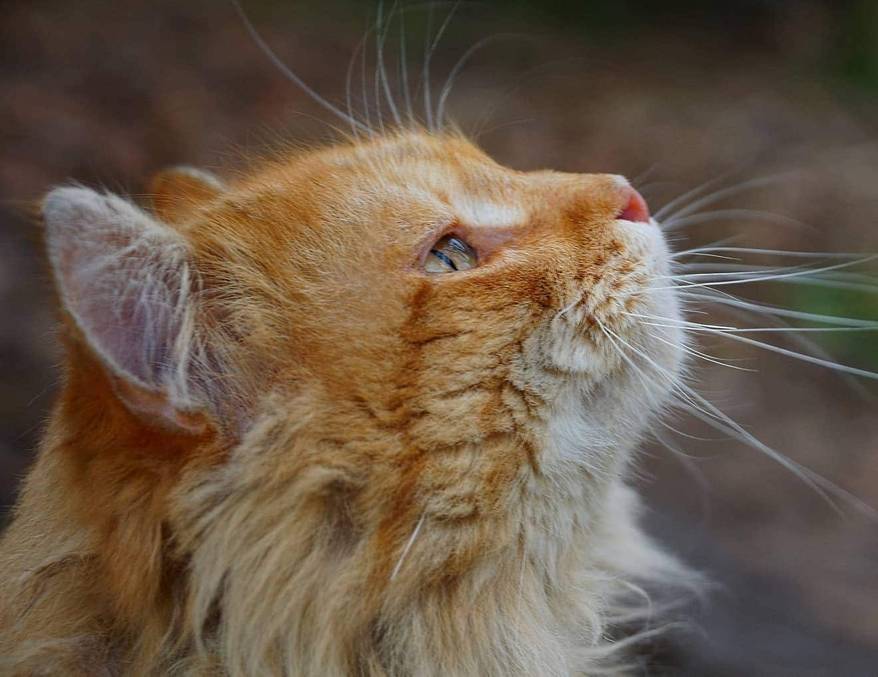
How Common Is Arthritis in Cats?
Osteoarthritis is a very common disease in dogs, afflicting one in every five pups. As such, dogs are the poster pets for this disease. Meanwhile, cats suffer at an alarmingly high rate, even higher than that of dogs. International Cat Care (ICC) estimates that as many as 60 to 90 percent of all cats over the age of 12 suffer from arthritis.
Larger breed cats also have higher rates of osteoarthritis than other breeds. The ICC reports that Maine coons, in particular, seem predisposed due to their size and risk of hip dysplasia, but Persians and Scottish folds can also be at risk.
Signs of Osteoarthritis in Cats
The telltale signs of a cat with arthritis include:
- Stiffness after exercise
- Loss of muscle strength
- Reduced mobility
- Changes in grooming
- Swollen joints
- Missing the litter box
- Unexplained aggression or irritability
- Difficulty standing up, climbing, jumping or going up stairs
- Sleeping more
- Possibly even a grating sound in the joints
The trouble with identifying osteoarthritis in cats is that the disease typically comes on slowly, and cats never complain about their aching joints. Most pet parents also assume the standard signs of osteoarthritis (sleeping more, walking stiffly, etc.,) are "normal" in older cats and, therefore, not evidence of a disease. If you notice these signs in your cat at any age, make an appointment with your veterinarian immediately.


Tasty Tips
Maintaining Healthy Joints
Treating arthritis in cats is a complicated affair in many cases. You should work with your vet to start your cat on a weight loss program, if necessary (and it almost always is!). An overweight kitty's joints work harder than they should and cause undue pain.
An arthritic cat should be fed complete and balanced meals rich in antioxidants and fatty acids. Supplements, like glucosamine, chondroitin, and fatty acids, may also be prescribed if a therapeutic food for joint health does not already include them. Arthritis medications for cats are few and far between, but you can ask your vet if one is available.
Finally, tailor your cat's living quarters to meet her needs if she has difficulty jumping and climbing. Move toys, food, and water to a reachable level to encourage more movement and healthy muscle maintenance. Make sure your aging kitty has a litter box with low sides and a warm, padded bed in a quiet corner of the house.
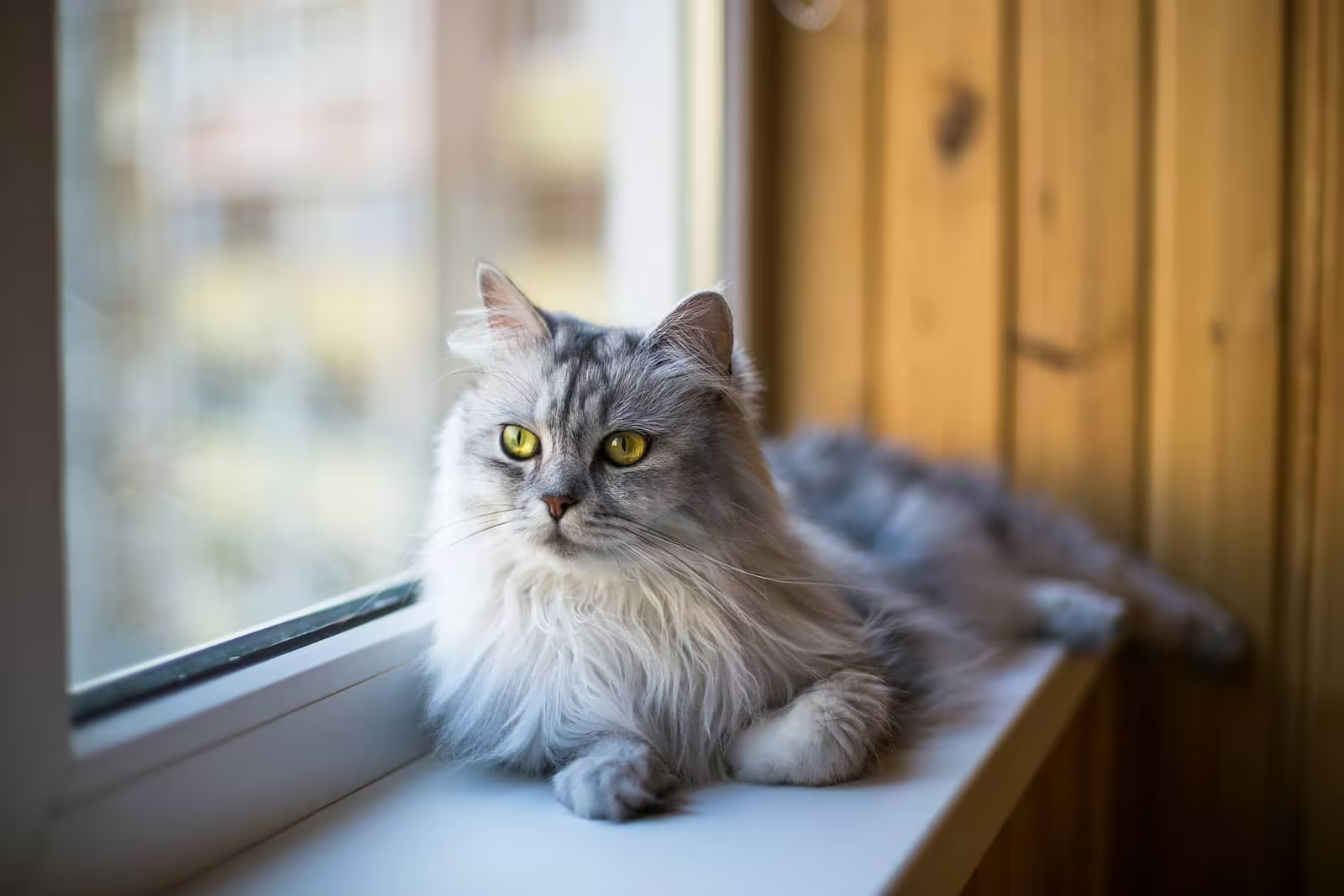
Staying Vigilant
As a genetically influenced disease, there's little you can do to prevent osteoarthritis in cats. However, it is possible to delay the onset of its symptoms and dramatically improve a cat's long-term quality of life. The key is helping your cat maintain a healthy weight throughout her life and identify signs early, so she can get the treatment she needs.
Routine veterinary visits are the first line of defense when it comes to diagnosing the disease early on. Radiography (X-rays) can reveal the characteristic bony growths, internal joint swelling and other joint changes expected from cats with osteoarthritis.
What to Expect After a Diagnosis
The first step is keeping an open mind. If your vet has diagnosed your cat with arthritis, it's because they've noticed significant evidence of it. Don't ignore professional advice.
Understanding that this disease is a progressive, lifelong process is the next step. You should ask your vet about long-term solutions to the problem, so you can improve your cat's quality of life in her golden years.
Finally, cat parents should be aware osteoarthritis is a serious disease. Just because cats show few outward signs of discomfort doesn't mean your pet does not need your help. Keep her in good health by seeing your vet early and often and taking all their recommendations to heart.


Dr. Patty Khuly is an award-winning veterinarian known for her independent thinking, her spirited pet advocacy, her passion for the veterinary profession, and her famously irreverent pet health writing.
Dr. K is an honors graduate of both Wellesley College and the University of Pennsylvania School of Veterinary Medicine. She received her MBA at The Wharton School of Business as part of the prestigious VMD/MBA dual-degree program. She now owns Sunset Animal Clinic, a veterinary practice in Miami, Florida.
Related products

With delicious chunks in a decadent gravy

Improves Everyday Ability to Get Up & Go

Precisely balanced nutrition with the delicious taste of savory minced chicken to help fuel the energy needs of cats during the prime of their life

Supports energy level and beautiful fur in mature cats
Related articles
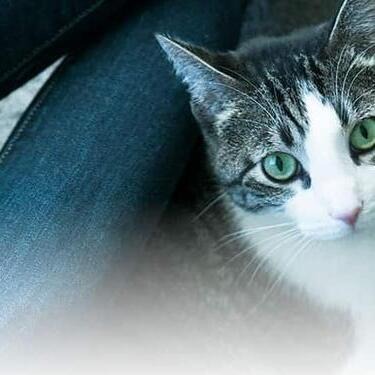
Brushing your cat's teeth is just as important as brushing your own. Learn signs or oral health problems in your cat and how to avoid them.
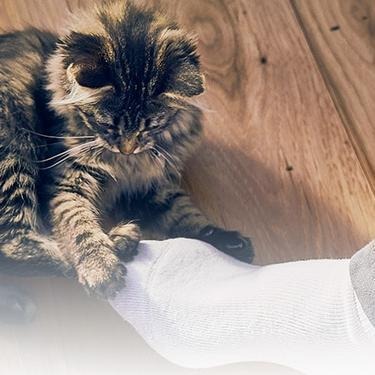
Discover which cat toys games your feline friend might like, and how they are great sources of exercise. Explore our library of articles to learn more.
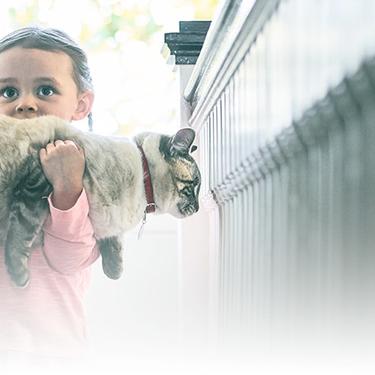
Discover how to identify cat sensitive skin and what you can do to help your cat thrive from head to paw.
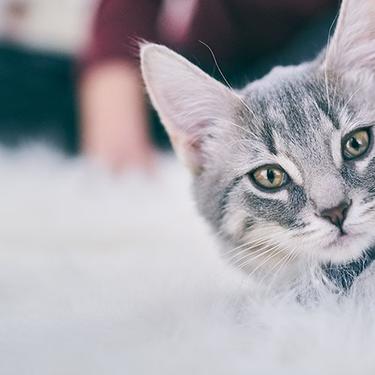
Discover the benefits of Hill's line of kitten foods and how they provide complete and balance nutrition for growing kittens.

Put your cat on a diet without them knowing
Our low calorie formula helps you control your cat's weight. It's packed with high-quality protein for building lean muscles, and made with purposeful ingredients for a flavorful, nutritious meal. Clinically proven antioxidants, Vitamin C+E, help promote a healthy immune system.
Put your cat on a diet without them knowing
Our low calorie formula helps you control your cat's weight. It's packed with high-quality protein for building lean muscles, and made with purposeful ingredients for a flavorful, nutritious meal. Clinically proven antioxidants, Vitamin C+E, help promote a healthy immune system.

